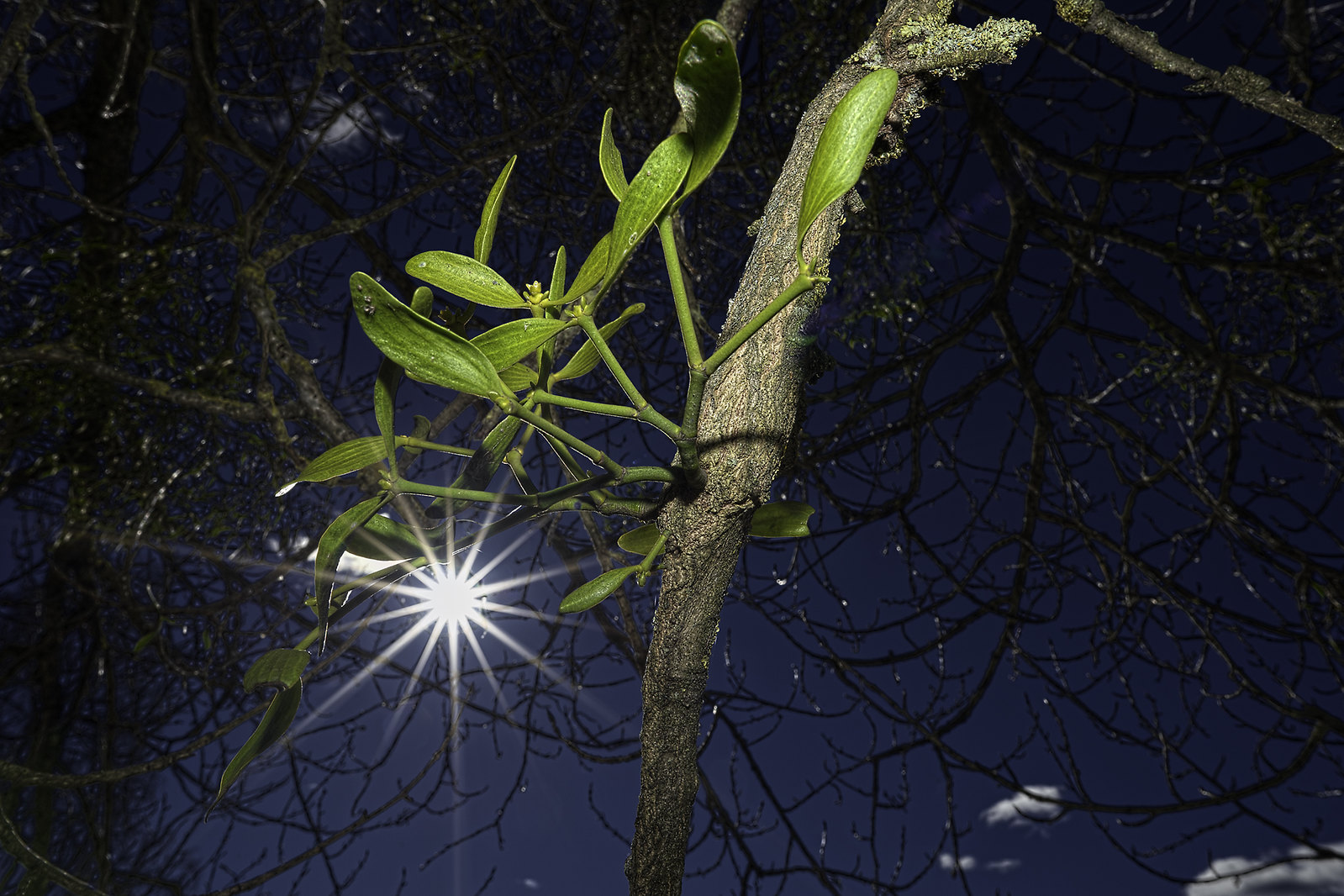Shooting into the Sun is a popular passtime amongst nature photographers. We don't fancy the mundane sunsets, oh no, far from that, we show class by being willing to risk our eyesight and the off-chance of a sensor burnout in chasing a nice "sun burst".
The insider's trick is of course to close down the lens to its minimum aperture setting. If your lens goes to f/22, then you use f/22. You might experiment with alternate apertures just to learn how the sun area is being blown out of the ether by employing such heretical approaches, or act like a seasoned pro and push the lens aperture to its minimum f-number directly. A wide lens functions best for these shots, and it never hurts to select a framing that makes the parts of the scene which become dark to have a contrast or outline to the sky. Work with the preview button pressed in, if your camera supports stop-down viewing, or save your eyesight by using LiveView and looking at the display askance.
A typical example follows with this shot of a European Mistletoe (
Viscum album) growing on a huge poplar. The mistletoe is at its northern limit here and the species is protected by law, much to the annoyance of people finding their garden trees infested by it as they are not allowed to cut or remove the afflicted hosts.
(Nikon Df, AFS 20 mm f/1.8 Nikkor, some fill-in flash with SB-800)

The strong light contrasts are handled in an exemplary manner by the 20 Nikkor. This is an outstanding performance and probably makes the new lens a winner in the 20 mm Nikkor class.